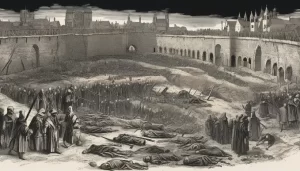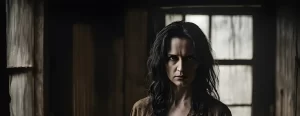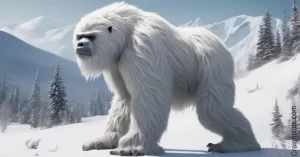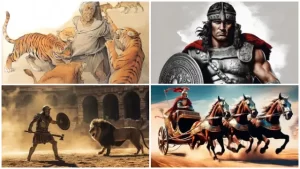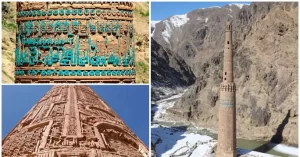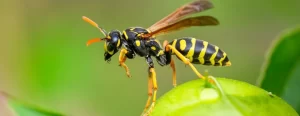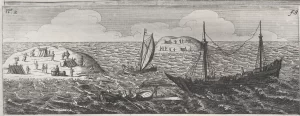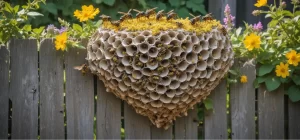The Kushtaka Terror in the Shadow of Alaskan Mountains
The icy mists clinging to the towering forests of Southeast Alaska hide more than just breathtaking beauty. Indeed, whispers of the Kushtaka, a terrifying creature born from Tlingit mythology, travel on the wind within those swirling vapours and weave themselves into the fabric of Alaskan folklore. However, this isn’t just another monster story. The Kushtaka legend offers a chilling glimpse into the rich tapestry of Native American mythology and the deep respect for nature ingrained in Indigenous storytelling.
But just what is a Kushtaka? Imagine, if you will, a creature embodying the untamed wilderness, a shapeshifter as elusive as the mist itself. People most often describe the Kushtaka as an Otterman, a being that seamlessly transitions between human and otter form, luring unsuspecting victims with its haunting cries. Furthermore, some accounts depict it as a mischievous trickster, while others paint it as a malevolent predator with an insatiable hunger for human flesh. This duality makes the Kushtaka all the more terrifying, blurring the lines between curiosity and primal fear.
A Legacy Woven in Oral Tradition
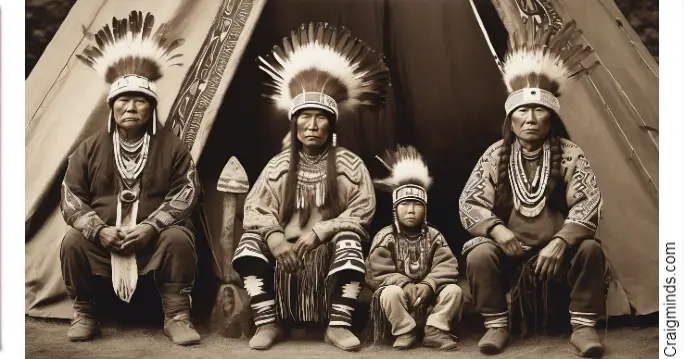
Unlike many mythical creatures relegated to the pages of dusty books, the Kushtaka legend lives and breathes in the oral traditions of the Tlingit people. They pass it down through generations like a flickering flame. Moreover, this Alaskan monster, deeply rooted in Tlingit mythology, serves as a cautionary tale, warning of the dangers lurking beyond the safety of the firelight. Ultimately, it reminds us that nature, while beautiful, demands respect and caution.
The Power of Shapeshifting Mythology
The Kushtaka’s ability to shapeshift adds a layer of psychological terror rarely found in other supernatural creatures. The creature itself exploits human vulnerability, mimicking the cries of a baby or the pleas for help from a loved one. This chilling tactic, deeply rooted in shapeshifter mythology, preys on our innate empathy, drawing us closer to the very entity we should fear.
Sightings and Stories Fact Blending with Folklore

While the Kushtaka might seem like a creature confined to Native American legends, whispers of encounters persist even today. For example, tales circulate of strange occurrences in the Alaskan wilderness, unexplained lights, and eerie cries echoing through the fog. These modern-day Kushtaka sightings in Alaska fuel the fires of the legend, blurring the line between myth and reality and attracting the attention of those interested in cryptozoology and the unexplained.
Protecting Yourself from the Kushtaka
The Tlingit people, intimately familiar with the legend, developed various methods to ward off the Kushtaka. They believe fire, considered a powerful deterrent, offers protection against the creature’s chilling advances. Similarly, copper, a sacred metal in Tlingit culture, is believed to repel the Kushtaka, acting as a shield against its malevolent influence. These traditions offer a fascinating glimpse into the complex relationship between the Tlingit people and the natural world, a world where the line between the physical and spiritual is thin.
The Kushtaka in Popular Culture

Contemporary storytellers have not overlooked the captivating nature of the Kushtaka legend. In fact, the creature has begun to emerge from the mists of Alaskan folklore, finding its way into novels, television shows, and even video games. In essence, this resurgence in popular culture ensures that the legend continues to evolve, captivating new audiences and prompting discussions about the power of oral traditions and the importance of preserving indigenous storytelling.
Exploring the Kushtaka Further
The Kushtaka legend serves as a gateway to a world of fascinating mythology and cultural exploration. For instance, those interested in diving deeper into the world of this Alaskan monster can find a wealth of information in books about Native American mythology and Pacific Northwest mythology, including dedicated works exploring the Kushtaka legend specifically. Additionally, museums and cultural centres dedicated to Tlingit culture, Haida mythology, and Tsimshian mythology offer invaluable insights into the rich tapestry of storytelling from the Northwest Coast.
In conclusion, whether you’re an avid reader of folklore, fascinated by supernatural creatures, or simply captivated by the wild beauty of Alaska, the Kushtaka legend offers a chilling glimpse into a world where the boundaries of reality blur. Ultimately, it’s a reminder that some stories, passed down through generations, hold a power that transcends time, continuing to haunt and intrigue us long after the campfire embers have faded
- 8 of the Most Notorious Pope in History
- Sawney Bean: The Terrifying Tale of Scotland’s Cannibal Clan
- Black Death: 12 Key Facts About the Devastating Plague
- The Tragic Witch Trial of Elspeth Cuninghame
- 12 Surprising Facts About Robert Downey Jr.
- The Pritchard Family 30 East Drive Haunting
- The Alaskan Bigfoot Mystery
- Hollywood Tragedies: Celebrities Lost to Fatal Car Accidents
- Enfield Poltergeist Phenomenon
- How to Destroy Wasp Nests Safely: Complete Guide
- Horizon Post Office Scandal
- Circus Maximus: Roman History and Ancient Entertainment
- Hair Loss Treatment and Growth Serums for Balding
- The Minaret and Archaeological Remains of Jam
- Mark Wahlberg’s Diet Explained
- The London Beer Flood of 1814
- How the Photic Sneeze Reflex is Triggered by Visual Stimuli
- Sahara Pump Theory
- Introduction to Wasps
- Dutch Ship the Batavia (1628)
- Ozempic Weight Loss Trend
- Wasp Nest Removal Methods and Information
- The Great Stink of 1858
- The Watermelon Riot in Panama City
- Okinoshima Island, Japan



